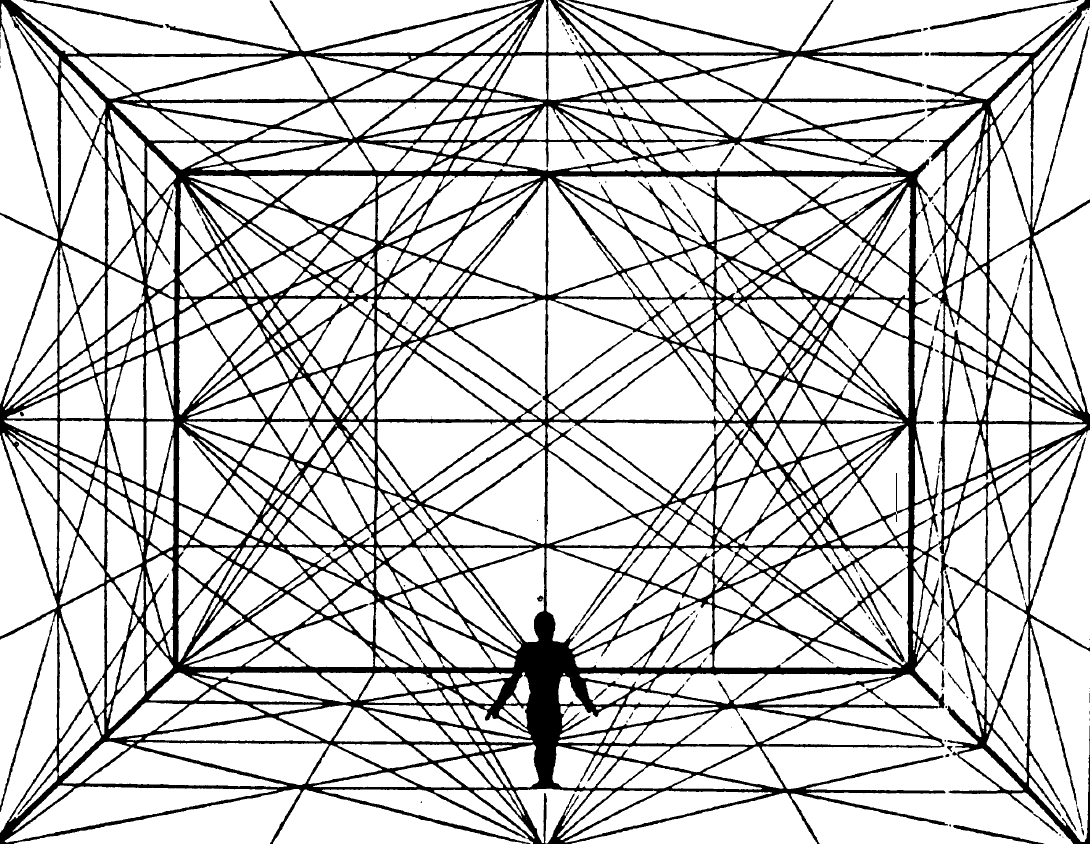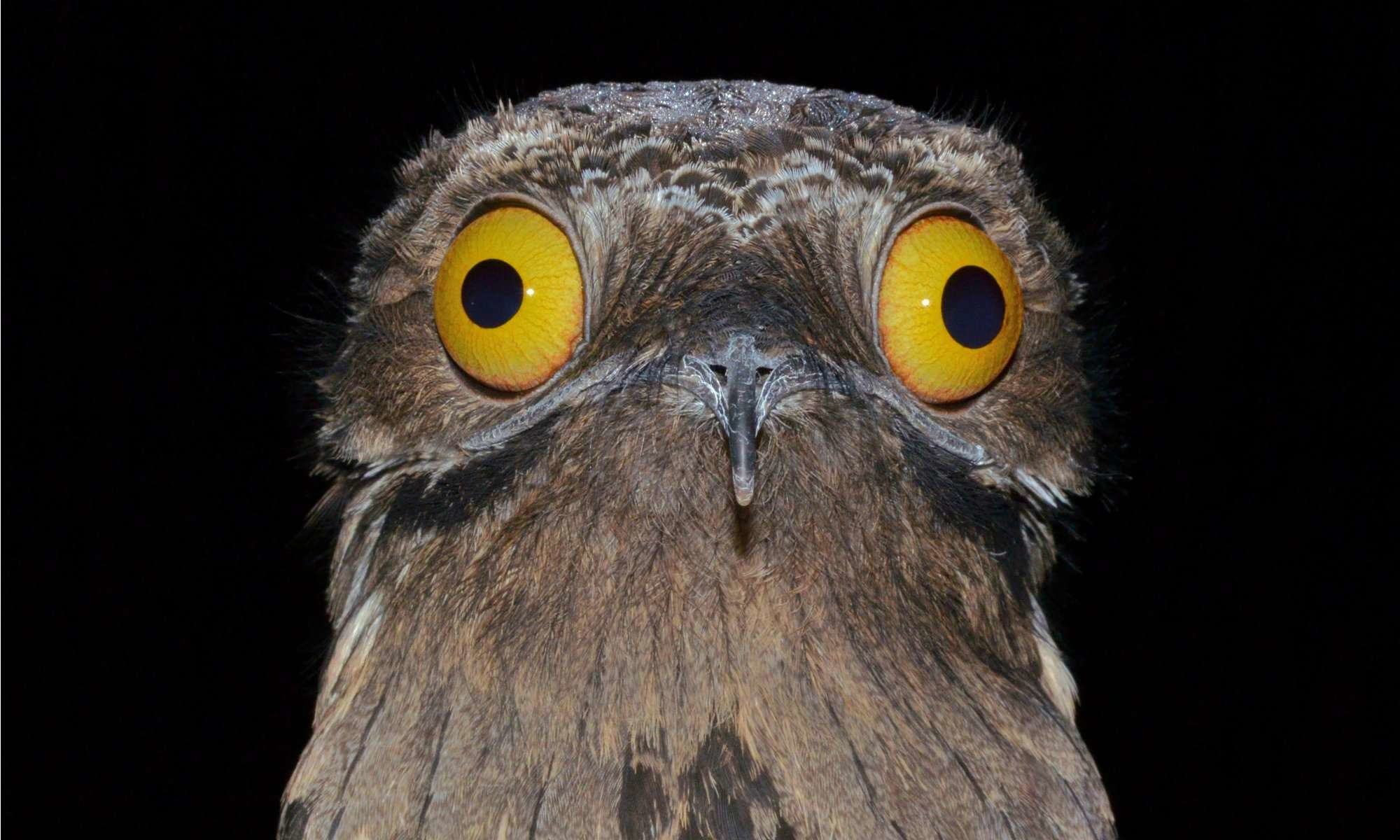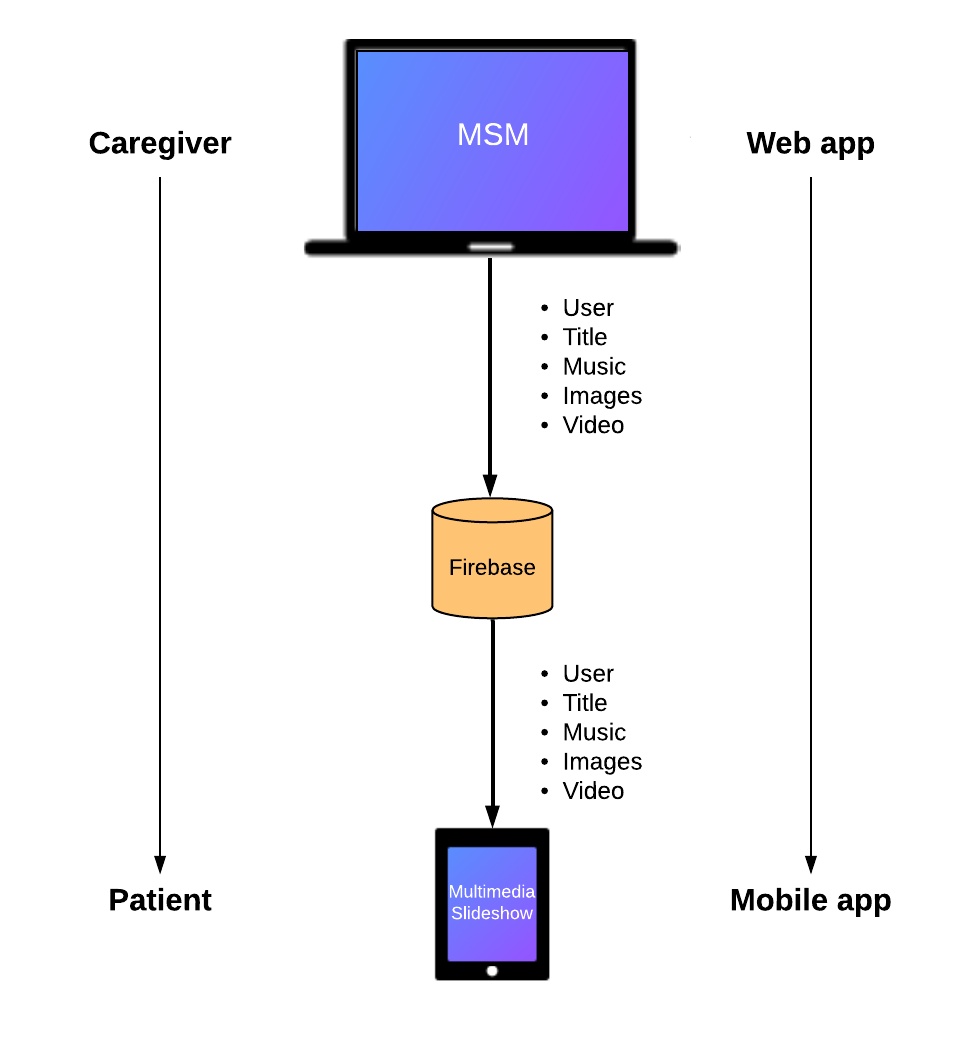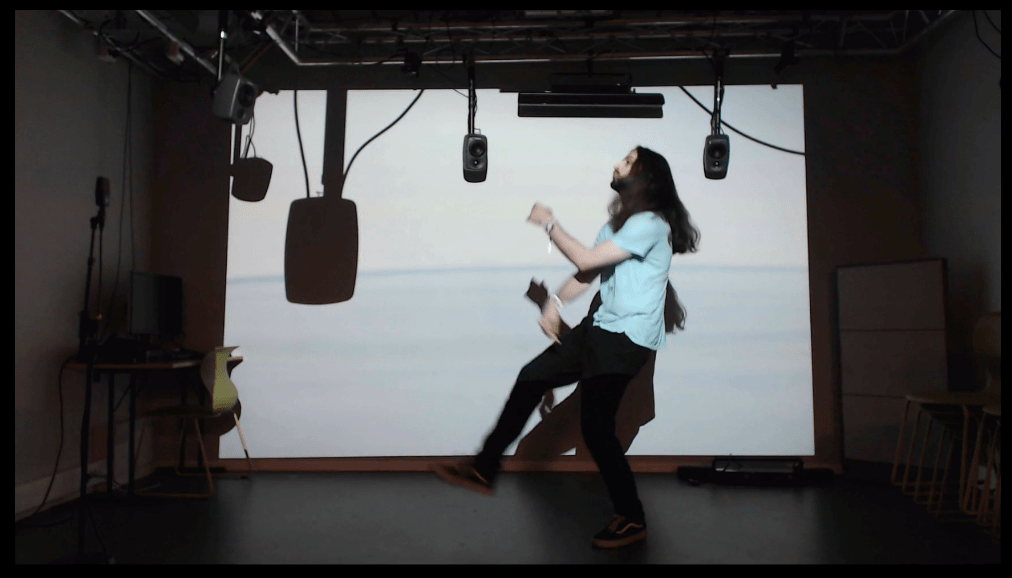Master's Theses
The blog posts of this section relate to the master’s thesis course MCT4091 Master’s Thesis in Music, Communication and Technology (2023 onwards) and to the discontinued master’s thesis course MCT4090 Master’s Thesis in Music, Communication and Technology (2019 to 2022). The Master’s thesis is a research-based academic report based on individual research in the area of music, communication and technology. The topics of the theses represent a challenge within the topical areas of the MCT programme. Theses adheres to research ethical practices, and the project relates and contributes to the existing research literature. The project can include practical elements, but the thesis also include a literature review, theoretical discussion, methodological reflection and aesthetic evaluation.
-

Frankenfender
Designing and implementing the Eco-Feminist Digital Luthier Framework
-

Flexi-tone
A Multi-Dimensional Foot-Based Interactive Music System for Expressive Control of Audio Effect Parameters
-

Screamscape: Gestural Vocal Manipulation Based on Sonic Properties of Extreme Vocal Effects
Learn about my Masters thesis project.
-

Surveying Background Music Listening Habits
background music-listening practices
-

Strung Along: an extended violin for real-time accompaniment generation and timbral control
An extended violin for real-time chordal accompaniment generation and timbral control.
-

Deep Steps: A Generative AI Step Sequencer
A stand alone MIDI step sequencer application with a user-trainable generative neural network
-

Cyclic Patterns and Spatial Orientations in Artificial Impulsive ASMR Sounds
An exploratory study on the effects of cyclic patterns and spatial orientations in synthesized impulsive ASMR sounds.
-

CLAP Models and How To Make Them
Is there anything CLAP models can't do?
-

The Shapeshifter
Co-constructing the body with optical, marker-based motion capture in live dance performance
-

Using Features of Groove in Music Recommendation Systems
A study on analyzing groove in musical items and the effects of groove on musical recommendation.
-

Bandwidth to Band Together
A Study on Approaches for Remote Music Collaboration
-

Unsupervised Meta-Embedding for Bird Songs Clustering in Soundscape Recordings
A case study on nocturnal and crepuscular tropical bird songs.
-

RoboCapo: A Digitally Controlled Actuated Capo for Enhanced Guitar Playing
An augmentation device for the guitar, a robotic capo mechanism that explores the emergence of new complex and meaningful modes of interaction.
-

Unsupervised Classification of Sub-Genres of Electronic Music
unsupervised machine learning classification and clustering of sub-genres of electronic music
-

Emotional Responses to Vibro-tactile Music
What happens when music is felt instead of heard? When music is just vibrations... can it still make people feel emotions?
-

When Hearts Beat as One – Cardiac Dynamics and Synchrony in String Quartet Performances
Investigating Cardiac Dynamics and Synchrony in String Quartet Performance
-

A Human-Machine Music Performance System based on Autonomous Agents
Let's make music with virtual fellows in mixed reality.
-

The Algorithmic Composition Explorer
For my masters thesis, I proposed a novel design for an interactive system that introduces people to algorithmic composition.
-

Visualizing Psyhophysiological Responses to Music Stimuli
Music can induce down-regulation of the nervous system, and in combination with technology, it has the potential to promote wellness.
-

Cross-modal correspondence: Different modes, common codes? Investigating musical engagement with an Ecological cognitive approach
Investigating musical engagement with an Ecological cognitive approach
-

Micro and Macro: Developing New Accessible Musicking Technologies
Most of us will never be professional musicians, even though we have the musicality and the motor ability to achieve it...
-

ImSoTra
Footfall induced noise in buildings is traditionally assessed with Impact Sound Transmission (IST) measurements following diffuse field model of the receiving room which is not valid below Schröder frequency neither it facilitates auralization. This master thesis aims to create a method to estimate low frequency (LF) sound pressure in the receiving room below Schröder frequency based on modal sum theory in room acoustics followed by measurement of IST, impulse response of the receiving room and acceleration of the main floor at two fixed position in two vertically adjacent laboratories.
-

Designing Gesture-based Interactive Museum Exhibit
A short summary of my Masters Thesis on Gesture-based interaction for museum exhibits.
-

Theory Controller: A Silent IMS
Interactive system to control music theory
-

Toward a Telepresence of Sound: Video Conferencing in Spatial Audio
Teleconferencing in spatial audio with the help of Jitsi Meet and Web Audio
-

The Portable Portal: An Ecological Approach to Technology-Enhanced Learning in Bangladesh
Working toward a cogent ecological framework for technological-aid development, or: We are our technologies, they are Us
-

Reinforcement learning for use in cross-adaptive audio processing
This thesis is a study of reinforcement learning as a possible method for finding mappings in cross-adaptive audio effects
-

Exploring Hardanger Fiddle Performance Patterns Through Interactive Computational Tools
This thesis presents the development and evaluation of two software applications that integrate contemporary research perspectives on the complex rhythmical structuring of Hardanger fiddle performances.
-

Interconnecting Modular Synthesizers Using the Web
In my thesis project, I present an approach to interconnecting modular synthesizer systems using a prototype multi-channel audio network solution made with Max/MSP. The research explores emergent affordances of such a system in the context of telematics and network music performance. At the bottom of this post there is a video demonstrating the prototype in action.
-

The design and evaluation of the Gyroshuffle
The aim of this study is to develop and evaluate the Gyroshuffle, a real time rhythmic instrument played with body movement. It is theorised that moving to the rhythm, whilst controlling the rhythm is possible with the Gyroshuffle, blurring the lines between dancing and producing music in real time.
-

Gatekeepers by design? Gender HCI for Audio and Music Hardware
This dissertation looks into investigating the design of hardware for audio and music which is commonly associated with the term ‘music technology’ under the aspect of Gender-HCI, studies on science and technology as well as design research.
-

Harmonic interaction for monophonic instruments through musical phrase to scale recognition
Introducing a novel approach for the augmentation of acoustic instrument by providing musicians playing monophonic instruments the ability produce and control the harmonic outcome of their performance. This approach is integrated in an interactive music system that tracks the notes played by the instrument, analyzes an improvised melodic phrase, and identifies the harmonic environment in which the phrase is played. This information is then used as the input of a sound generating module which generate harmonic textures in accordance with the identified scale.
-

Motivato
Motivato: A standalone music selection system for seamless technology-mediated audience participation.
-

Multimedia Slideshow Maker
During my master's thesis, I have designed and developed a tech platform where a mobile application creates slideshows from multimedia content uploaded in a web application titled “Multimedia Slideshow Maker” (MSM). The project is carried out for an external partner, Alight AS, for a project called Alight. Alight is a mobile tech platform aiding caregivers in sending personalised video sessions to patients with dementia. This thesis aims to determine to what degree MSM can be used independently by a caregiver, without instructions from others or prior experience in video editing.
-

The Notion of Dialogue in the Interactive Dance
The constituent elements of interactive dance are human and computer, which in a human-computer interaction, create a feedback loop, and present the work of art. Considering that matter, each of the opponents in this interaction has their part and space and there is an aesthetic relationship ongoing, defining the quality and amount of each opponent's part and space. In this thesis, this ongoing matter is referred to as the notion of dialogue. To create this sense, the key element that will be discussed is surprise. In order to do that, following a certain design strategy, a practical system will be designed and executed to fortitude the logical argument that is presented in this research. In that performance, by the creative use of the body, space, time, popular art forms (i.e., Hip-Hop music and dance), and with the focus on the subject of sea-level rise, the research argument will be put in practice and further on evaluated. After the evaluation process, in conclusion - despite its limitation - it may be concluded that the use of surprise, will allow the computer to have an active role and possess a significant part in the interaction and convey a sense of dialogue in it.
-

Sonification of Standstill Recordings
The goal of this thesis was to develop and experiment with a set of sonification tools to explore participant data from standstill competitions. Using data from the 2012 Norwegian Championship of Standstill, three sonification models were developed using the Max/MSP programming environment. The first section of the thesis introduces sonification as a method for data exploration and discusses different sonification strategies. Momentary Displacement of the position was derived from the position data and parameter mapping methods were used to map the data features with sound parameters. The displacement of position in the XY plane or the position changes along the Z-Axis can be mapped either to white-noise or to a sine tone. The data variables control the amplitude and a filter cut-off frequency of the white noise or the amplitude and frequency of the sine tone. Moreover, using sound spatialization together with sonification was explored by mapping position coordinates to spatial parameters of a sine tone. A “falling” effect of the standing posture was identified through the sonification. Also audible were the participants’ breathing patterns and postural adjustments. All in all, the implemented sonification methods can be effectively used to get an overview of the standstill dataset.
